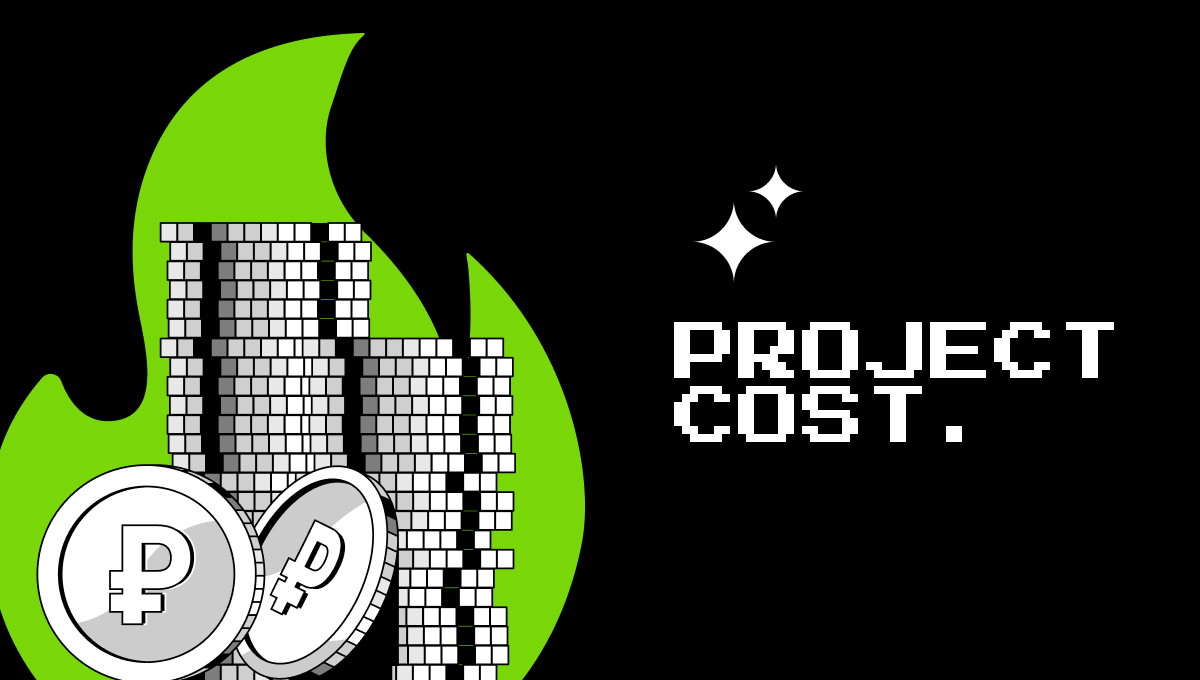Based on a massive database and trainable bot, ChatGPT is an impressive product with significant financial and labor investments in its creation. It contains so much information that even Elon Musk demanded OpenAI to halt the project, fearing the potential development of ChatGPT. However, it's quite possible that this was just a publicity stunt before the release of their own AI, Grok.
The true extent of GPT's danger is unknown, but it's already facing restrictions due to numerous errors and misinformation. By the end of the year, even job search websites like hh.ru started featuring job listings with the requirement "without the use of neural networks in work", although such a demand may seem overly conservative.
GPT-3.5-4 chats are well-suited as junior assistants, capable of handling simple tasks and saving time. The virtual assistant possesses extensive information and provides structured responses with examples for detailed queries. However, relying on it to do everything for you might be overly optimistic.
How to use GPT chat in development
To effectively integrate GPT into development, it's crucial to provide some personal information in your account. This helps GPT understand your needs and preferences. Once acquainted, the program tailors its responses with a focus on your specific interests and activities, aligning with your expertise level for a more engaging conversation. By indicating your depth of knowledge in certain topics, GPT adapts as an equal conversational partner, avoiding both overly simplistic and overly complex responses.
.jpg)
GPT has a vast amount of data, so try to narrow down its "search scope" as much as possible when making a request. Provide detailed tasks with the most specific response requirements and ask the bot to speak from the perspective of a PHP developer, tester, or another specialist. The more precise the question, the higher the likelihood of receiving a knowledgeable answer.
It's recommended to write about yourself in your profile and ask your questions in the bot's native language - English, as the program is primarily trained on it. Afterward, you can request the bot to translate the information received into Russian.

Now, let's delve into the more detailed capabilities of the chat for development. When it comes to GPT-4, you can upload a project specification document, choose the tech stack, and prompt it to devise the architecture and code template all in one file. GPT-3.5 can also handle such tasks if you input the information sequentially. However, expecting the bot to provide exclusively correct solutions is not advisable, and sharing data with external programs is definitely not suitable for custom development. At most, what you can ask the bot to do for a client project is to generate a code template for a one-time use that doesn't compromise security. For example, transferring data from one database to another.

If you already have code and don't want to spend time describing it, GPT can explain how it works on your behalf. However, this isn't suitable for commercial projects. On the flip side, the functionality works in the opposite direction—it serves as a tool for learning from examples of implemented solutions. This allows you to quickly study third-party code and discover something new for yourself.

GPT is also employed for code debugging. However, it's worth noting that the outcome may introduce more issues than the original code. It can start with the addition of another small error and end up with wasted nerves and manual intervention. It all depends on the specific task at hand.

Most commonly, GPT chat is used as an informational reference tool. The bot provides detailed explanations of familiar concepts and elucidates the principles of interaction with them. It aids in preparing for presentations at meetups and acquaints professionals with complex concepts. However, it's crucial to assess the accuracy and relevance of the information. The latest update for GPT-3.5 was in January 2023.

Conclusions on the application of ChatGPT in development
ChatGPT is primarily a text tool that generates responses by selecting the most suitable options from its database. Expecting an individualized approach to development and precise solutions from it may lead to disappointment. It can provide random answers but not necessarily professional ones.
After getting acquainted with the program, we minimized the bot's assistance in our work due to our serious approach to security. When implementing your project, you have the right to decide which tools to use for its development. We deal with major third-party platforms and software, and our team eliminates any risks.
We do not recommend GPT for "enthusiasts". If a person is not knowledgeable in the field, they won't distinguish fake information from real. To make the chat useful, one needs to have a rough idea not only of the question but also of the approximate answer. Considering all information from a constantly confusing bot as truth is dangerous. Therefore, GPT is not likely to replace a specialist in the near future, but it's not an inflated bubble either. Communication with it is becoming more human-like, and the generated texts are actively used in SEO.
Our experiences and conclusions are personal opinions. What do you think?
To write this article, we tested two versions of GPT-3.5 and GPT-4. The functionality and trainability of GPT-4 are much better, but the answers without considering the context are worse. Trying out the capabilities of the latest model in Russia is challenging. It requires access through a foreign account and costs $20 per month. All "free Russian-speaking" GPT versions are 3-3.5, even if it boldly says "GPT-4".





